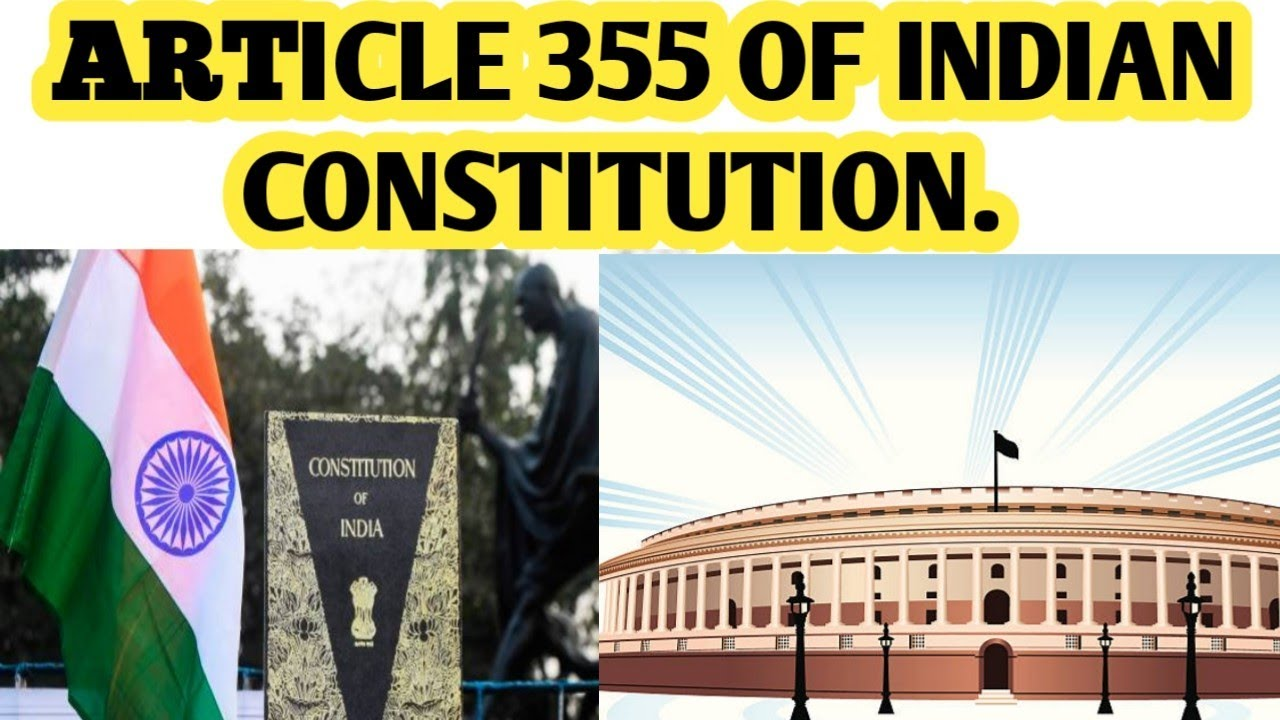Free Courses Sale ends Soon, Get It Now


Free Courses Sale ends Soon, Get It Now



Copyright infringement is not intended
Context: Opposition parties demanding invoking of Article 355 in Bengal.
Details
About Article 355
Emergency Provisions in Indian Constitution
The Constitution prescribed three types of emergencies:
President’s Rule
https://indianexpress.com/article/india/adhir-president-invoke-article-355-bengal-7833401/
© 2024 iasgyan. All right reserved